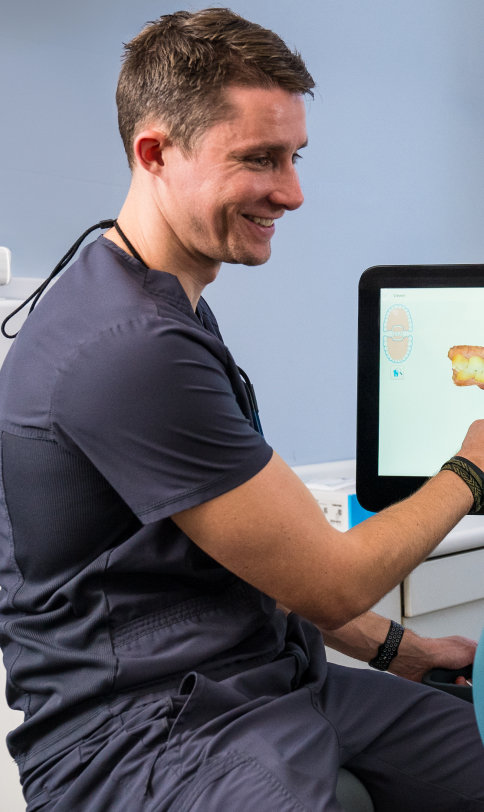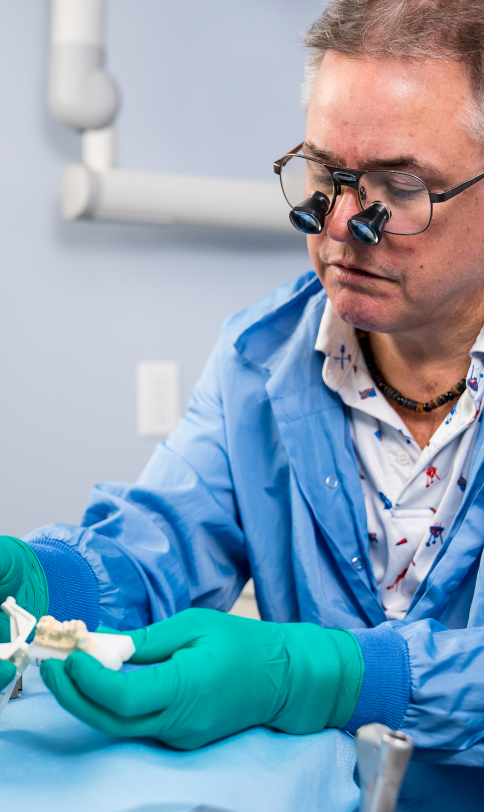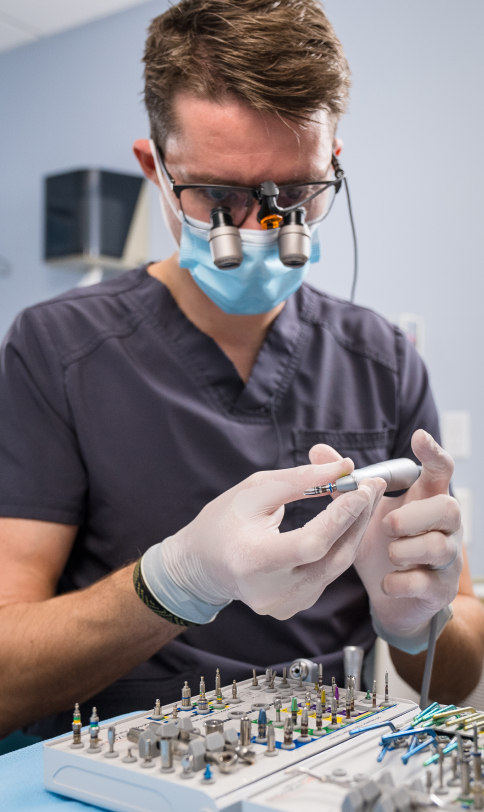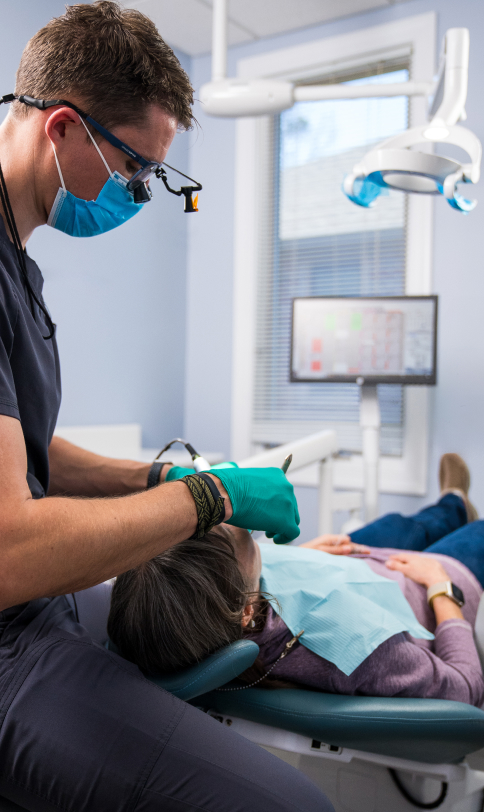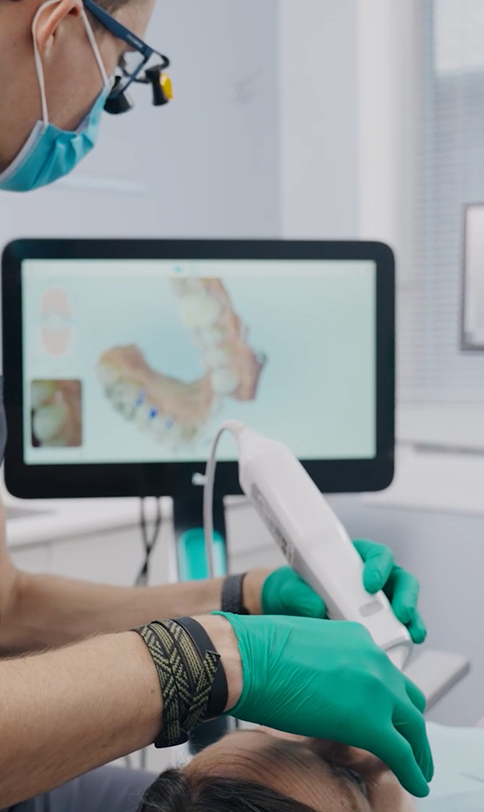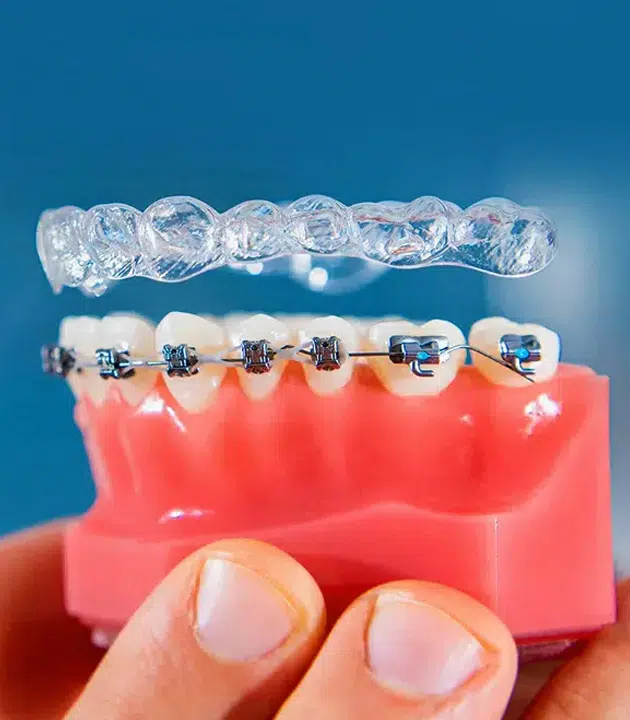
Understanding When It's the Right Option
When considering orthodontic treatments for their children, many parents may feel uncertain about the best choice for their child's health. Beyond enhancing their smile, straight teeth contribute to overall oral health by facilitating easier cleaning and reducing the risk of cavities. Orthodontic options also address bite issues, aligning the teeth and jaw. Two widely favored methods for straightening teeth are traditional metal braces and Invisalign.
While both traditional metal braces and Invisalign aim for the same outcome, some nuances can affect the treatment process for a child's teeth. The distinction lies in how each method straightens the teeth. Therefore, the question becomes: which treatment is most suitable for my child's teeth? While the answer varies depending on the individual, it's prudent to consider the pros and cons of each option before seeking an evaluation.
Legacy Dental in Cary is committed to assisting you in making the optimal decision for your child's dental needs.
The Difference Between Metal Braces and Invisalign
Metal Braces
While metal braces are often associated with children or teenagers, they remain an effective method of dental correction for patients of all ages. Metal braces have been a longstanding option for addressing crooked or crowded teeth. This treatment involves attaching metal brackets to the enamel of each tooth and connecting them with metal wires to gradually shape and align the teeth over time. While the wires can sometimes be matched to the color of tooth enamel for a less noticeable appearance, they are typically silver or metallic in color. Patients can also personalize their braces by selecting multiple colors for the brackets.
Metal braces are fixed appliances that remain in place throughout the treatment duration. They may be preferable for patients who prefer not to worry about losing aligner trays or changing them regularly. Treatment duration varies depending on the individual case, but the average duration for teenagers is around two years. Most patients require monthly or bi-monthly check-ups to monitor progress, adjust wires as needed, and address any issues that arise during treatment.
Invisalign
Invisalign utilizes a series of clear plastic aligners, known as "trays," custom-made to fit each patient's mouth. These aligners are crafted using 3-D imagery of the patient's teeth to ensure precise customization and a proper fit. The trays are made from smooth, BPA-free plastic and offer comfortable wear throughout the invisalign treatment in Cary. They require regular checks and replacements to align teeth for teenagers and adults effectively.
One of the key advantages of Invisalign is its removable nature, allowing patients to eat, drink, and engage in activities without interference or concerns about oral injury. However, for optimal results, Invisalign aligners should be worn for approximately 21-22 hours per day for 6-18 months, depending on the specific dental issue being addressed. Follow-up visits occur roughly every 6 to 8 weeks to change trays and ensure proper alignment progress. As treatment progresses, trays will continue to be adjusted and customized to maintain the gradual movement of teeth into the desired position.
" Although metal braces and Invisalign achieve the same final outcome, it's essential to grasp both their distinctions and similarities. "
Effectiveness
The decision between braces and Invisalign largely hinges on personal preference and the specific dental issue requiring correction. Invisalign's effectiveness is closely tied to patient adherence—consistently wearing the trays is crucial for achieving the desired outcome. The trays should be worn for at least 22 hours each day to ensure successful treatment.
Braces have demonstrated positive results for many individuals due to their durability and effectiveness in addressing complex dental issues. Patients with intricate dental problems may find metal braces better suited to align their teeth effectively. Additionally, metal braces offer a convenient alternative for individuals concerned about maintaining consistent tray wear or ensuring proper cleaning. With braces, patients can straighten their teeth without the added responsibility of managing and cleaning removable trays.
" The decision between braces and Invisalign primarily relies on individual preference and the specific dental concern requiring correction. "
Invisalign for Specific Conditions
Invisalign offers a beneficial solution for individuals with mild to moderate dental concerns, including overbites, underbites, crossbites, gapped teeth, open bites, crowded teeth, and a mix of baby and permanent teeth. However, the suitability of Invisalign varies for each case, and some complexities may exceed its treatment capabilities.
Complex dental issues that typically necessitate traditional metal braces include early, late, or irregular loss of baby teeth; delayed eruption of adult teeth; non-alignment of teeth; missing or extra teeth; improper jaw positioning; jaw-clicking; jaw-joint disorders; and respiratory or eating difficulties. During the consultation, an orthodontist thoroughly evaluates the patient's case alongside other considerations to recommend the most appropriate treatment. In certain scenarios, patients may qualify for either treatment option and be empowered to make an informed decision.
" Invisalign is beneficial for individuals with mild to moderate dental concerns. "
Preventing Teeth From Shifting
Following removing traditional braces, most patients are advised to wear a retainer at night to prevent their teeth from shifting. Failure to wear the retainer may result in teeth movement, necessitating further treatment to realign them. Similarly, after braces removal, maintaining teeth alignment is crucial. Therefore, many patients require a positioner or retainer, typically worn overnight, to preserve teeth alignment post-braces.
Unlike traditional braces, Invisalign treatment typically eliminates needing a retainer after completion, as teeth generally remain straight. However, successful Invisalign treatment relies on patient adherence to ensure the aligners are kept safe, clean, and in proper condition throughout the treatment period. Patients who fail to follow the guidelines may experience undesired shifts or outcomes by the treatment's end. In cases where Invisalign trays are misplaced or damaged, replacements can be obtained, albeit potentially delaying treatment progress. Invisalign for Teens often includes replacement aligners at no extra cost, acknowledging teenagers' tendency to misplace or accidentally discard their trays while eating or engaging in activities.
" Following Invisalign treatment, patients typically do not need to wear a retainer as their teeth generally remain straight after the treatment course. "
Dietary Restrictions
During braces treatment, patients must adhere to a "braces-safe" diet, avoiding gum and hard foods like candies or nuts to prevent damage to the braces or teeth. In contrast, Invisalign patients enjoy greater dietary freedom since they can remove the aligners while eating and drinking. However, we recommend maintaining a healthy, nutritious diet to support oral health during orthodontic treatment.
To care for both braces and Invisalign trays, patients should prioritize enhanced oral hygiene practices. For braces, this involves brushing teeth at least twice daily and using a water flosser or specialized braces-friendly floss at least once daily. Additional tools may be recommended for patients with more complex issues. With Invisalign, patients should remove aligners before brushing and flossing. It's also essential to clean the aligners thoroughly during oral hygiene routines to ensure they remain free of food particles or debris.


